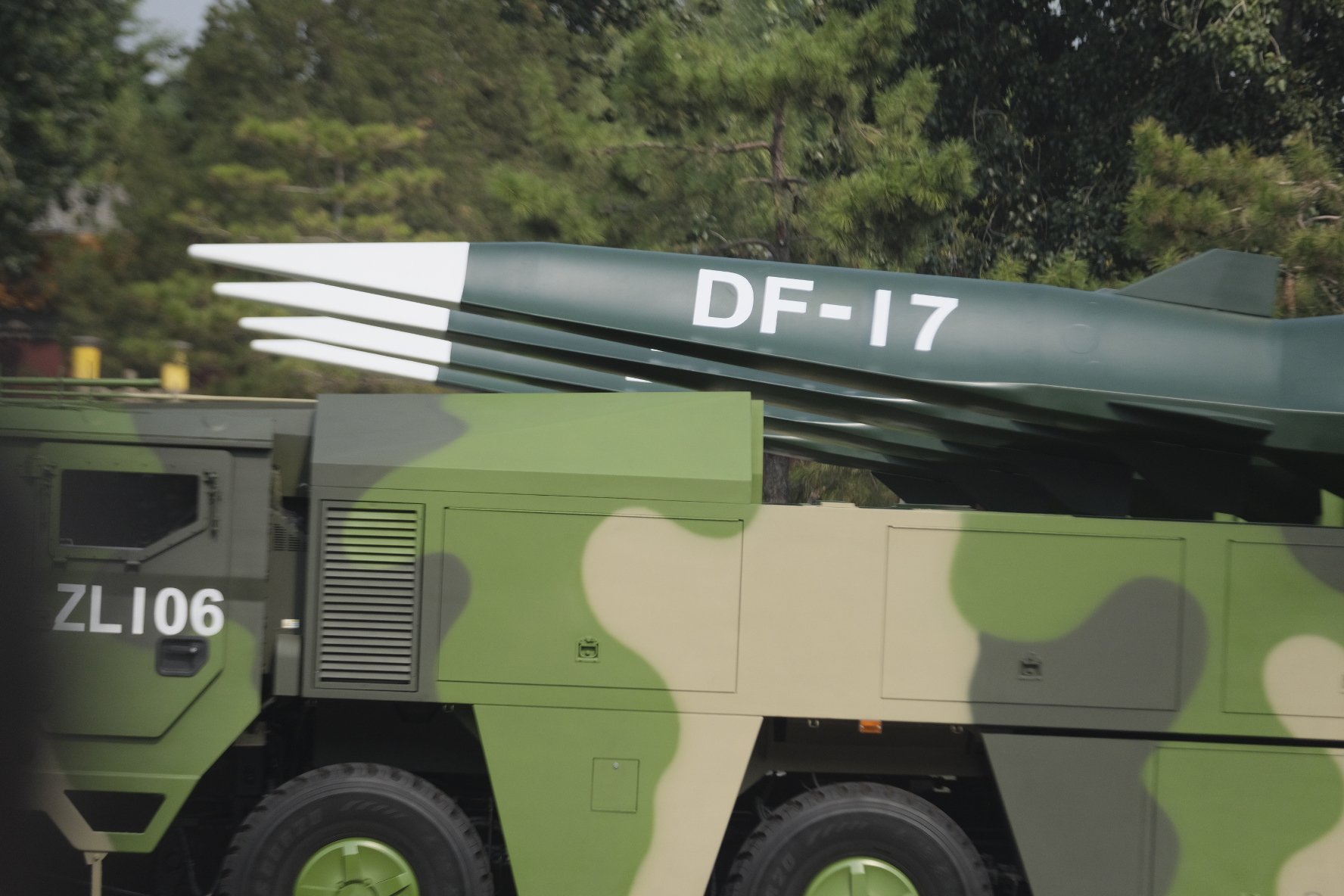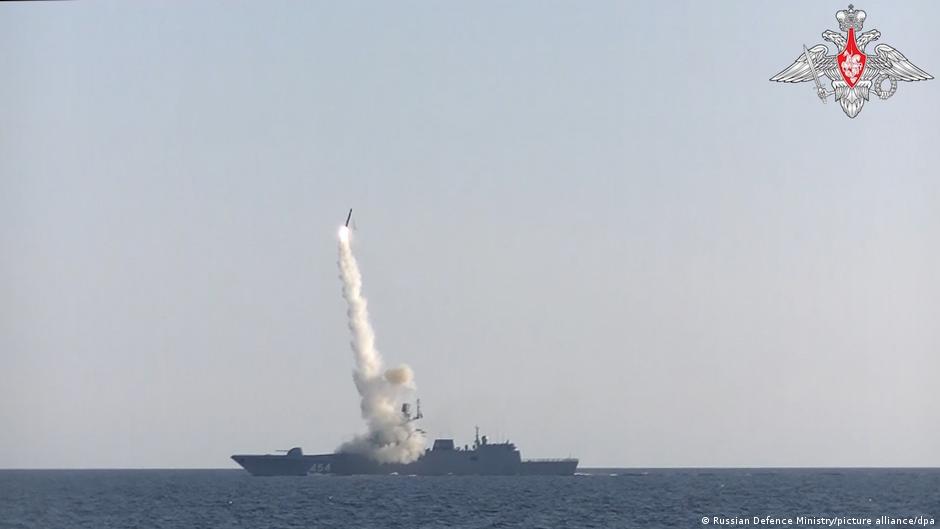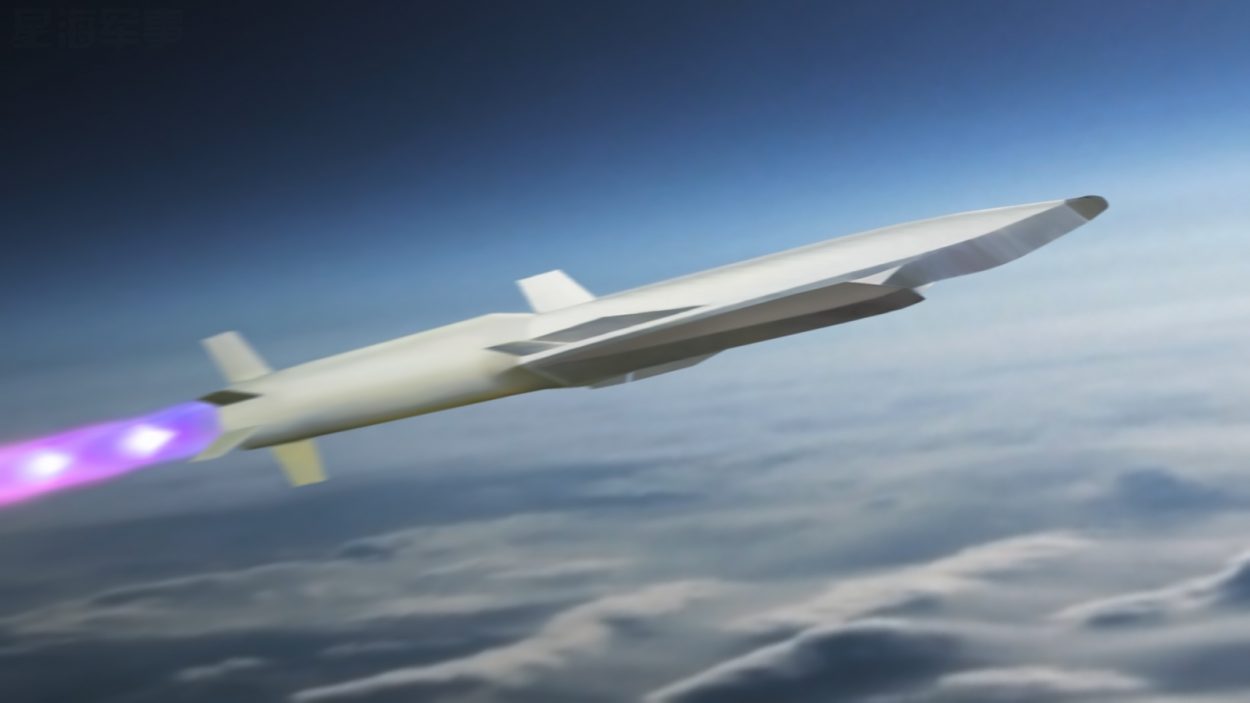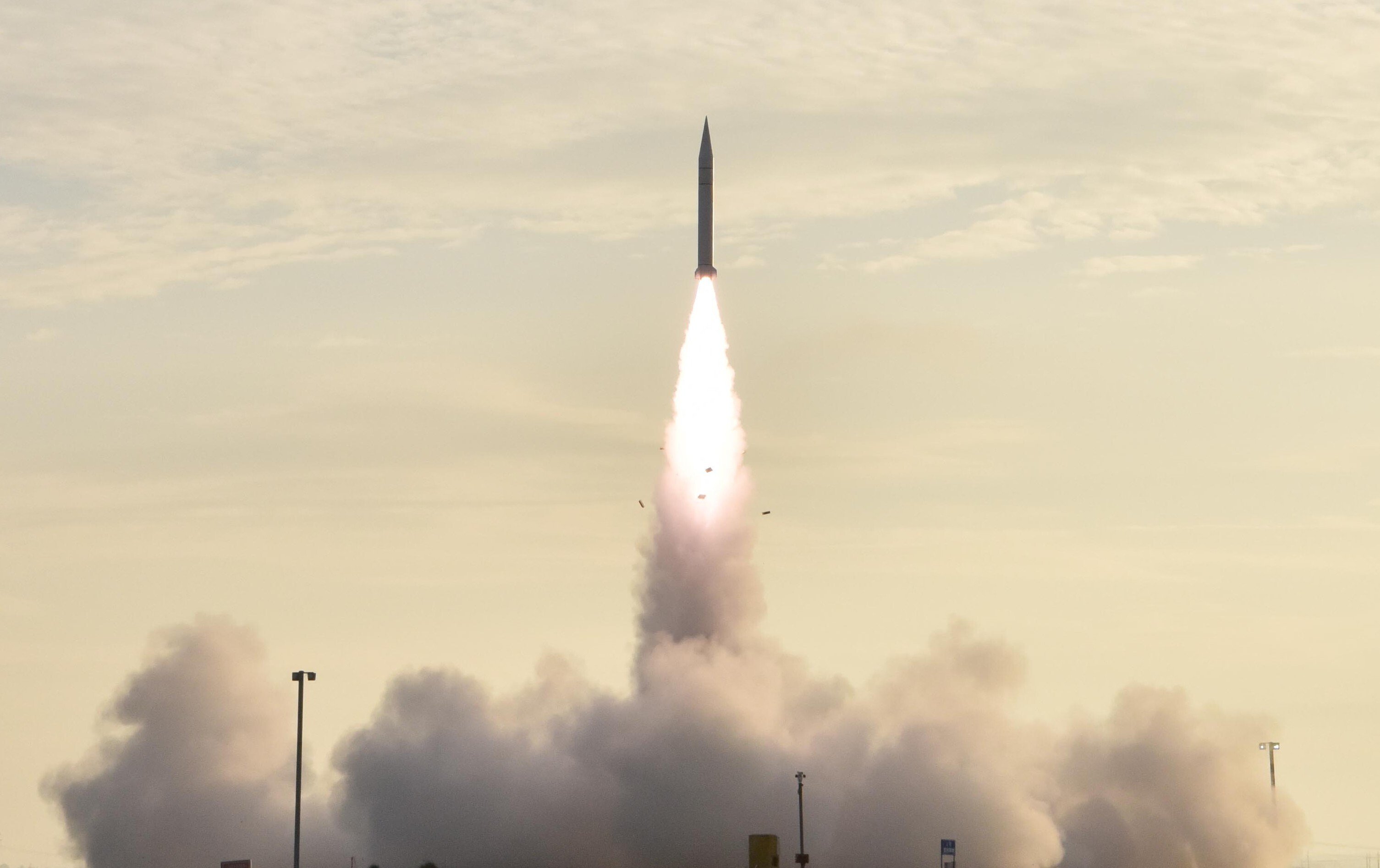The world has been witnessing a hypersonic weapons race with major powers such as Russia, China and the US each throwing their hat in the ring. Now, the UK has also expressed its intention to give it a shot.
Russia and China seem to have outpaced the US when it comes to hypersonic technology. China had showcased its Dong Feng-17 hypersonic missile back in October 2019 during its military parade in Beijing.
The DF-17 is a medium-range missile system that has a range of 1,800-2,500 kilometers and comes equipped with a hypersonic glide vehicle (HGV).
Russia, on the other hand, had successfully flight-tested Mach 8 Tsirkon (Zircon) hypersonic missile last year. The nation also has the Avangard hypersonic glide vehicle, which is thought to be able to carry nuclear warheads at 20 times the speed of sound.

For its part, the US’ Raytheon and Northrop Grumman successfully test-fired an air-breathing concept weapon in September last year. The development of this weapon was part of a $200 million contract.
However, the country’s hypersonic weapon development effort has had a few hiccups, too. Lockheed’s air-launched hypersonic weapon that is being developed for the Air Force has failed three tests since April 2021.
UK Keen To Join Hypersonic Race
Recently, the UK’s Chief of Defense Staff Tony Radakin announced that his country is planning to develop hypersonic missiles to compete with Russia’s growing military strength.
“We haven’t [got them] and we must have,” he told The Times newspaper on January 7, according to Sputnik. Radakin also expressed concern over the escalating tensions along the Russian-Ukrainian border, further adding that he had provided the cabinet with “military choices” to respond to a possible eruption of hostilities, without providing any more details.
Western countries have expressed concern about weapons being developed by their adversaries such as Russia, China, Iran, and North Korea. The UK seems to be worried about the successful test flights of the Russian Zircon hypersonic missile.
The British government had already announced that it would provide increased funding to the development of new technologies such as hypersonic missiles and laser weapons last March. The UK Defense Ministry had then committed £6.6 billion to this task.

Britain, which already has a good record in building high-speed weapons such as MBDA’s Meteor missile which can fly at a speed of around Mach 4 (four times the speed of sound), also provided a $12 million contract to Rolls-Royce and its industrial partners in 2019. The group was to develop high-Mach aircraft propulsion systems.
The intention, as Air Chief Marshal Sir Stephen Hillier explained at that time, was to place a two-year deal with the industry to undertake design studies, development, and experimentation of propulsion systems.
America Investing A Lot In Hypersonic Tech
Like the UK, the US is also pouring vast amounts of money into this hypersonic domain. The Biden administration requested $3.8 billion for hypersonic-related research funding in the budget of the fiscal year of 2022. This is almost a 20 percent hike compared to the previous administration’s allocation of $3.2 billion for the 2021 fiscal year.
According to a recent report presented by the US Government Accountability Office (GAO), the efforts to develop hypersonic weapons and related technologies (from fiscal years 2015 to 2024) would cost $15 billion.
For the 2022 fiscal year, the Missile Defense Agency (MDA) made a budget request of $8.9 billion. Their stated goal is to develop capabilities such as “a next-generation interceptor for homeland missile defense, hypersonic defensive capability, and space-based tracking critical to detecting challenging threats.” MDA is also reportedly pursuing a hypersonic and ballistic tracking space sensor (HBTSS) and has made a funding request of $256 million for the research, development, testing, and evaluation of the same.

Pentagon officials recently estimated that Army and Navy programs that share a common missile may alone add a combined $28.5 billion to the services’ budgets over the coming years.
Experts have noted that the pursuit of these technologies is set to have cascading effects, with countries like India and Australia also pursuing hypersonic weapons.
‘Is It Worth Spending’, Ask Critics
While countries are racing to develop these advanced weapons, critics are questioning their price, technical feasibility, and on-ground utility. The Union of Concerned Scientists has raised doubts about the weapons apparently having better performance than existing ballistic missiles.
In an attempt to counter the hype generated around the latest hypersonic missile tests that China conducted, the union has pointed out that the weapons are not as new as they are made out to be. The Chinese test reportedly involved the combination of two technologies: a fractional orbital bombardment system (FOBS) paired with an HGV.
The former involves the launching of a delivery vehicle into orbit around the planet. Once the vehicle closes in on its target, a small engine pushes it out of orbit and towards Earth’s surface. After dropping out of orbit, rather than falling towards Earth’s surface like a typical FOBS, the Chinese system apparently glided towards its aim using an HGV.

Both of these are old designs. While the first design for an HGV dates back to the 1930s, a FOBS had been deployed by the Soviet Union had in the late 1960s to counter proposed US missile defenses. The critics also highlight that hypersonic weapons don’t change the current strategic balance as whatever is accomplished by these missiles can also be achieved by ICBMs.
Current US defenses would be ineffective if China sends a fleet of intercontinental ballistic missiles (ICBMs). The vice versa is also true. Thus, developing new warhead delivery vehicles might be attractive to China in case of potential advances in US missile defense technologies, which the critics believe “are unlikely in the first place”, such advances would have little effect on the current strategic balance.
Hypersonic weapons will not contribute much to altering the dynamic between the US, Russia, and China as they already have enough nuclear missiles to overwhelm an adversary’s defenses
Some observers have noted that the weapons’ high speed and unpredictable flight paths could lead to miscalculations that may escalate conflicts.
The hype over these weapons, some quarters have noted, falls in line with a long pattern of US defense officials exaggerating the performance of hypersonic weapons, in part to justify unnecessarily large amounts of funds poured into their development by Washington.
- Contact the author at: shreyya.mundhra@gmail.com
- Follow EurAsian Times on Google News




